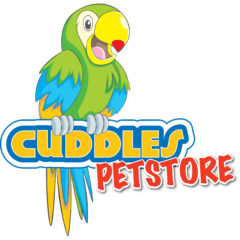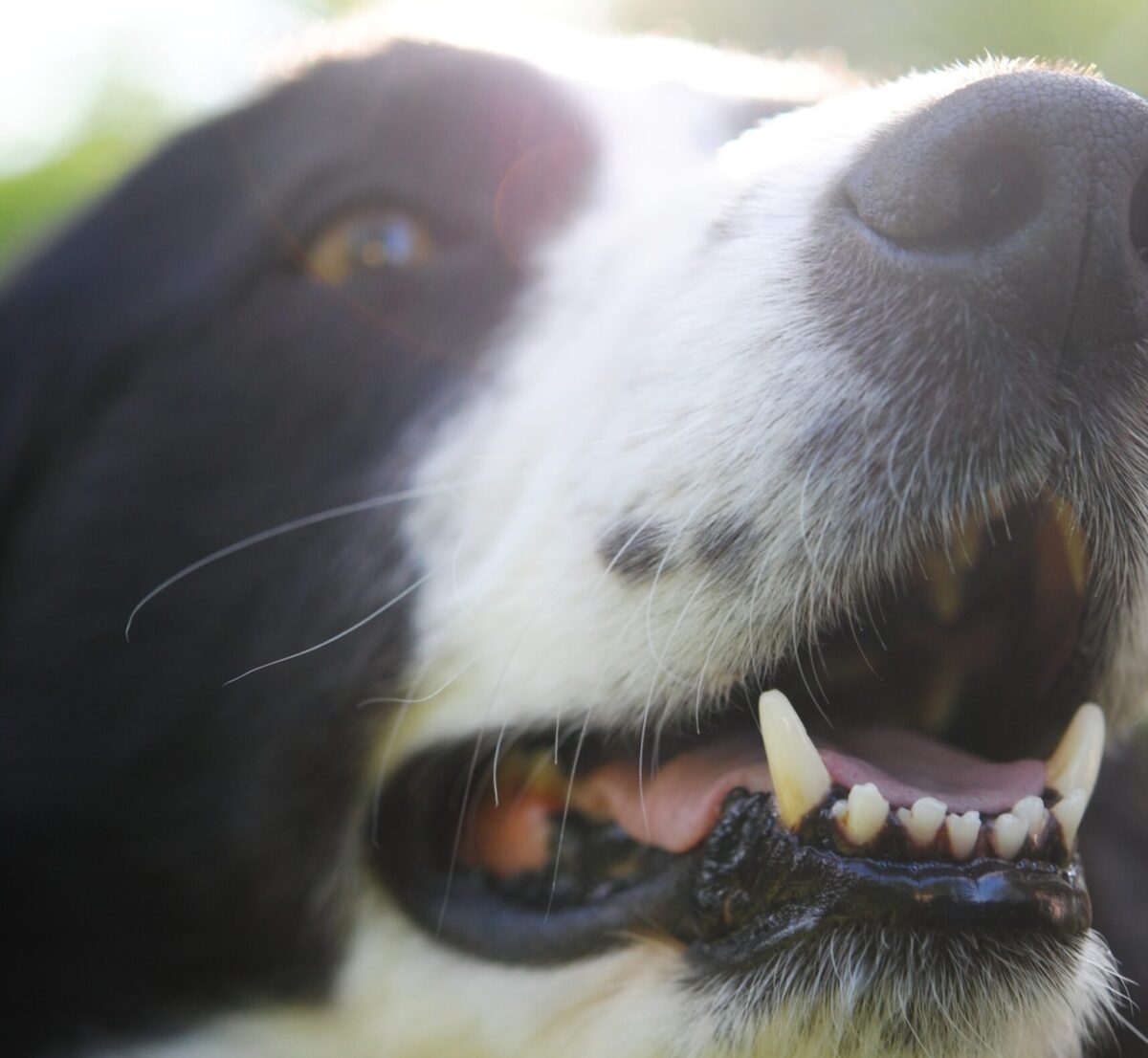From bad breath all the way up to gum disease, it is likely that your pet will experience all the same oral ailments as humans if their teeth do not remain clean. Plus, unhealthy teeth do not just sometimes need to be removed, but in fact, can lead to organ issues. Because diseases in the mouth can spread bacteria via the bloodstream, it is always important to keep your pet’s teeth clean and healthy. With a bit of practice, it is a little job that you and your pet will soon be well accustomed to. We have put together this outline of information and tips to help you look after your pet’s teeth in the best way possible!
Dog dental care
As already mentioned, teeth care in animals can stop bad breath, whilst it can also stop severe tooth pain. This is just the case in dogs. Unhealthy teeth in dogs may well cause a huge amount of pain, eventually needing to be removed. It is better to save all this discomfort, not to mention money, by practicing a little bit of daily oral care.
Do dogs really need to have their teeth cleaned?
On top of the points just mentioned, some oral issues in dogs can cause long term problems of a severe magnitude throughout the body. For example, bacteria buildup in the mouth can enter the bloodstream and end up causing problems for your dog’s heart, kidneys and liver. This is why this small daily task is not just about keep the teeth shiny, but is about your dog’s general health and wellbeing.
When should you start to clean a dog’s teeth?
You should start cleaning a puppy’s teeth from when they are about 8-16 weeks old. It is important to start at this relatively early stage, not only for the health of their teeth but because they will be able to get used to the process from a young age. This helps matters down the line, as when they are older they will be completely comfortable with you brushing their teeth as part of a routine.
How do you clean your dog’s teeth?
The two major ways to ensure that your dog has clean teeth consist of, firstly, brushing and, secondly, buying teeth cleaning chews or foods. Brushing is the most important, and this is where you will need a special canine toothbrush and canine toothpaste. To supplement this, you can purchase chew toys or dry foods which are specially designed to dislodge any buildup of plaque around the teeth as your dog chews down.
Why is brushing important?
The buildup of plaque is what might eventually lead to a brown layer of dental tartar, and this in turn might lead to the spread of bacteria into the bloodstream. The best way to remove plaque from your dog’s teeth, however, remains to simply brush their teeth. You will need to get a dog safe brush and special dog toothpaste. Regular brushing should be part of your daily routine, stopping the buildup in the first place. But if the buildup becomes more severe and there are areas of tartar, you will need to consult your veterinarian, who will also be able to help with a teeth scraping procedure.
Benefits of dental dog chews
If you would like to add to this routine, then plaque removing chew toys are highly recommended. There will also be some dry dog treats which have been designed to remove plaque as your dog chews and crunches down on them. This is never a replacement for brushing, but it can become a useful part of a healthy routine.
For more details of how to keep your dog’s teeth healthy, do head over to our dog dental care page for more information.
Cat dental care
For the same reasons as outlined for dogs, it is also recommended that you clean your cat’s teeth a minimum of twice weekly. Signs that their teeth might not be healthy would include bad breath, drooling, inflammation of gums, reluctance to eat or even to play.
How to keep your cat’s teeth clean
Thankfully, as with dogs, it is a very easy job to keep your cat’s teeth clean in proportion to the level of damage and pain that it can help your cat to avoid. Once again, the two methods are brushing and dental chews. As cats’ mouths and teeth are quite small, brushing should be done with a special feline dental care finger glove or feline toothbrush. To add to this, dental hygiene dry chews can also be purchased; these help remove plaque as your cat crunches down on them.
When to start brushing your cat’s teeth
You should start the process after 6 months, as this is when the kitten will have stopped teething. After this, you might like to use a soft rubber finger brush and regularly introduce your finger, perhaps having dipped it in the liquid from a can of tuna. Then, once your kitten is becoming comfortable with your finger being around their teeth, you can add some feline toothpaste. Ask your vet for recommendations for fish flavoured cat toothpaste to make the process go even more smoothly.
Feline dental chews
Brushing anywhere from twice weekly to daily should be the cornerstone of your cat’s dental care. But you can also add to this routine with the help of some dental care chew treats and toys. If you would like more information on brushing routines, cat foods and treats for dental care, head over to our cat dental care page for more information.
Small Animal Dental Care
One of the distinct characteristics of many small animals’ teeth is that they continue to grow over the animal’s lifetime. As such, the problems that can arise in terms of dental health are less to do with plaque buildup but more to do with overgrowth. Read below to find our what you can do to ensure that your small pet’s teeth are as healthy as they can be.
Guinea pig dental care
You do not need to brush your guinea pig’s teeth. However, you do need to make sure that they have the correct diet. This will comprise of a combination of hays, grasses and hard, dry and crumbly pellets. One problem which guinea pigs sometimes have with their teeth is overgrowth. This problem can lead to them not being able to eat and therefore growing weak. One solution is to give them plenty to gnaw on. This includes having bits of untreated wood in their house, like apple wood, hickory wood, maple wood or oak.
By checking your guinea pig’s teeth regularly, you should be able to tell whether their teeth are growing too much. You should also track how much they are eating, and regularly weigh them. If they are not eating as much as normal, and if they are losing weight, this may be because their teeth have grown too long. If this is the case, you can take them to the vets, who will be able to trim them.
Rabbit dental care
Rabbits are less likely to suffer from plaque and tartar buildup or gum disease than cats and dogs. Their teeth are more similar to a guinea pig’s in the sense that they do not need to be brushed, but instead are mainly kept healthy through a balanced diet. As with guinea pigs, the main thing to watch out for is overgrowth, as a rabbit’s teeth will grow continuously. Hay, grass and leafy vegetables helps a rabbit’s teeth to wear down, so this should always be a part of their diet alongside pellets or other foods.
Rabbit teeth overgrowth
If your rabbit’s teeth grow too much, then the top front teeth will not meet the bottom teeth. In this way, they will not be ground down by the bottom teeth, and so may become misshapen and sharp. This is called malocclusion, and it can lead to cuts on the tongue and cheeks, impacted teeth, inflamed gums and even in some cases life-threatening abscesses.
You should check to see if your rabbit is losing weight, or going off their food, as this may be a sign that their overgrown teeth are causing them pain. You should also daily check the front teeth of your rabbit. They should look creamy white and smooth, with one line down the centre of the top ones. If there are any signs that they are not healthy, then you should consult your vet. These trained experts will be able to trim the rabbit’s teeth, as well as check to see how their back teeth are doing.
Hamster dental care
A hamster’s teeth should remain healthy if they have a good varied diet and they have access to chews. They should be eating a mixture of pellets, seeds, vegetables and fruits. You can then give your hamsters blocks of wood to chew on, as this will also help regulate the length and health of their teeth. Hamsters particularly like woodcut from apple or pear trees.
Whatever wooden chew toy you choose, just check that it is non-toxic, that it has not been treated, and that it contains no glues or other harmful substances. If your hamster’s teeth have discolouration or show signs of bleeding, or if your hamster is not eating a normal amount, consult your vet. This should also be done if you can tell that the front top teeth are growing longer than the bottom teeth. Your vet will also be able to trim your hamster’s teeth if they are overgrowing.
Reptile Dental Care
Reptiles can develop plaque which can lead to tartar as with many other animals. In fact, it has become increasingly common to see gingivitis in small reptiles. However, this can be avoided providing that your reptile has a mixed diet of hard and crunchy insects likes roaches, as opposed to soft mealworms. Hard and crunchy raw vegetables will also help in this regard. You should be careful also not to feed your reptile too much in the way of sugary fruit. It is because reptiles are being increasingly often fed soft fruits and other soft sugary foods that vets are noting the rise in dental issues.
In terms of cleaning your reptile’s teeth, you can use a cotton bud with specialist reptile teeth cleaning solution on the end and gently work the cotton bud around the teeth. As always, if you are having problems with attempting this yourself, then do consult your local vet and they will be able to show you how to gently peel the lips of your reptile back so that you can dab at their teeth with the bud without causing any harm or stress.

